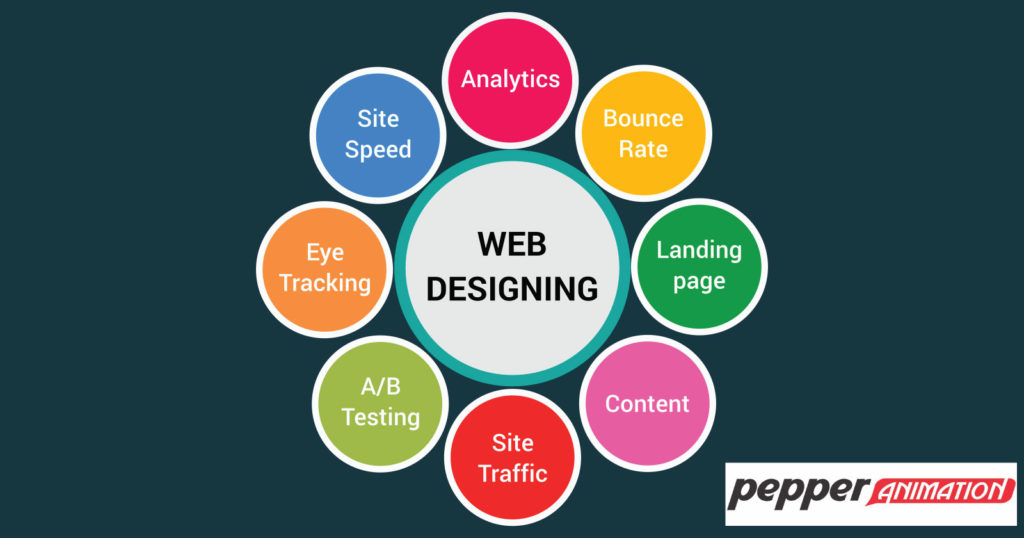Pulse of Information
Stay updated with the latest news and insights.
Designing for Clicks: The Web's Visual Treasure Map
Unlock the secrets of web design! Discover how to craft visual treasure maps that boost clicks and engagement.
10 Essential Design Principles for Boosting Click-Through Rates
Understanding the fundamental design principles is crucial for enhancing your website's performance, particularly in terms of click-through rates. First and foremost, visual hierarchy plays a key role; by strategically arranging elements based on their importance, you can guide visitors' eyes to the most critical content. Consider using contrast to make your call-to-action buttons stand out. Additionally, ensure that your color scheme is cohesive and aligns with your brand identity, as a well-thought-out palette can evoke specific emotions and encourage users to engage with your content.
Another essential principle is white space, which can greatly improve readability and user experience. By allowing for proper spacing around text and images, you create a more inviting layout that helps reduce cognitive load and keeps visitors focused on your message. Moreover, consider incorporating responsive design to ensure your site looks great on any device, as mobile users make up a significant portion of web traffic. Lastly, always remember to conduct A/B testing on different designs to determine what resonates most with your audience, ultimately leading to higher click-through rates.

How Visual Hierarchy Can Transform User Engagement
Visual hierarchy plays a crucial role in guiding user engagement on a website. By effectively organizing content through various elements such as size, color, contrast, and placement, web designers can create a more intuitive experience for users. When visitors can easily identify what information is most important, they are more likely to stay longer, explore further, and ultimately convert. A well-structured hierarchy not only enhances the aesthetic appeal of a site but also improves usability, making it easier for users to navigate and find what they need.
Implementing visual hierarchy can be achieved through several simple techniques:
- Use of Size: Larger text tends to attract more attention, so prioritize headlines and subheadings effectively.
- Contrast and Color: Implement contrasting colors to highlight key areas, ensuring important content stands out.
- Whitespace: Don't underestimate the power of whitespace; it helps to separate elements and can guide the user's focus.
What Makes a Website Clickable? Key Elements of Effective Design
Creating a clickable website is essential for engaging users and enhancing their browsing experience. One of the key elements of effective design is a *clean and intuitive layout*. This means ensuring that the navigation menu is easily accessible and the content is organized logically. Utilizing white space effectively can also make a significant difference, as it helps users to focus on important elements without feeling overwhelmed. Additionally, incorporating visual hierarchy through varying font sizes and colors can guide visitors towards calls to action.
Another critical element to consider for a website’s clickability is the use of high-quality images and interactive features. Engaging visuals can draw users in and keep them on the page longer. For instance, using sliders or galleries can showcase products or services effectively. Moreover, ensuring that buttons are distinguishable and prominently placed can significantly boost click-through rates. Remember, a responsive design that works seamlessly across devices is equally important, as it ensures a consistent and user-friendly experience regardless of screen size.